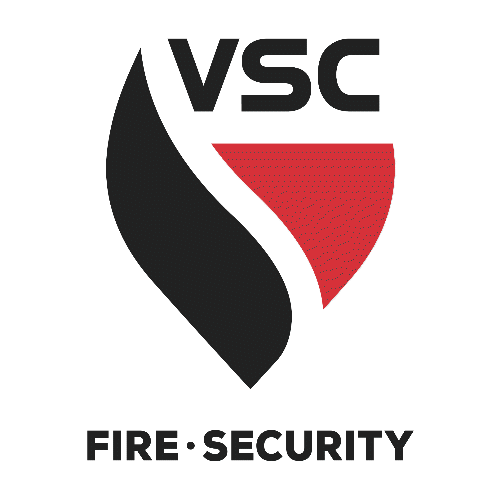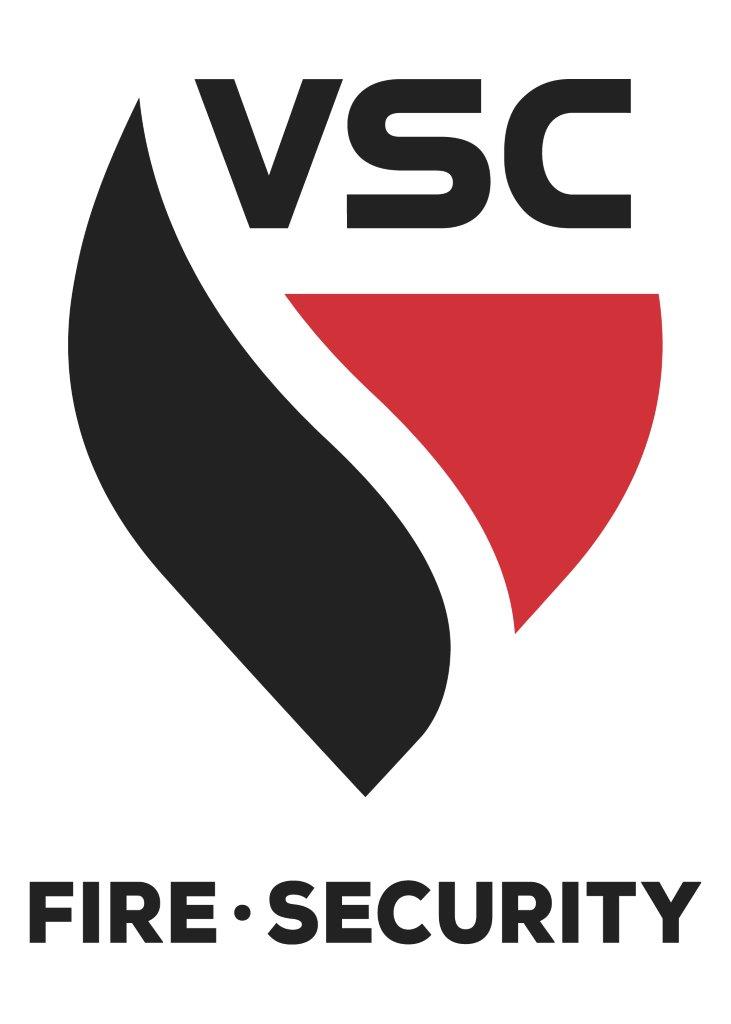
October 2024 Week 1 Toolbox Talk Work Injury Decision Tree
No one wants to get hurt, but it may happen. In the event you are injured on the job in a life threating situation you always call 911. When an injury is not life-threatening VSC has created a Work Injury Decision Tree to help you decide how to proceed. The Decision Tree can be found on the VSC safety website, and this should be posted at each of your offices and all VSC vehicles should have a copy as well. If you are following the Decision Tree, you may reach the Nurse Triage hotline. It is important that you call them first before going to an Urgent Care, they are trained professionals and can help you discuss your symptoms/injuries. Once you discuss your symptoms/injury they will decide the best course of action. It is important that you follow their instructions. When an injury occurs, it is the responsibility of Department Manager, and all involved to conduct an injury report, and a DRUG TEST is conducted within 24hrs. To ensure these accidents are reported in a timely manner contact your Safety Team/ Risk Management. Even when you don’t have all the information informing everyone starts to process so Risk can inform our workers compensation team. By delaying the reporting process hinders the help needed for the injured worker. The hotline triage number Allegiant Managed Care 24/7 Triage powered by TriageNow @ 844-403-1847.
October 2024 Week 2 Toolbox Talk- Personal Protective Equipment
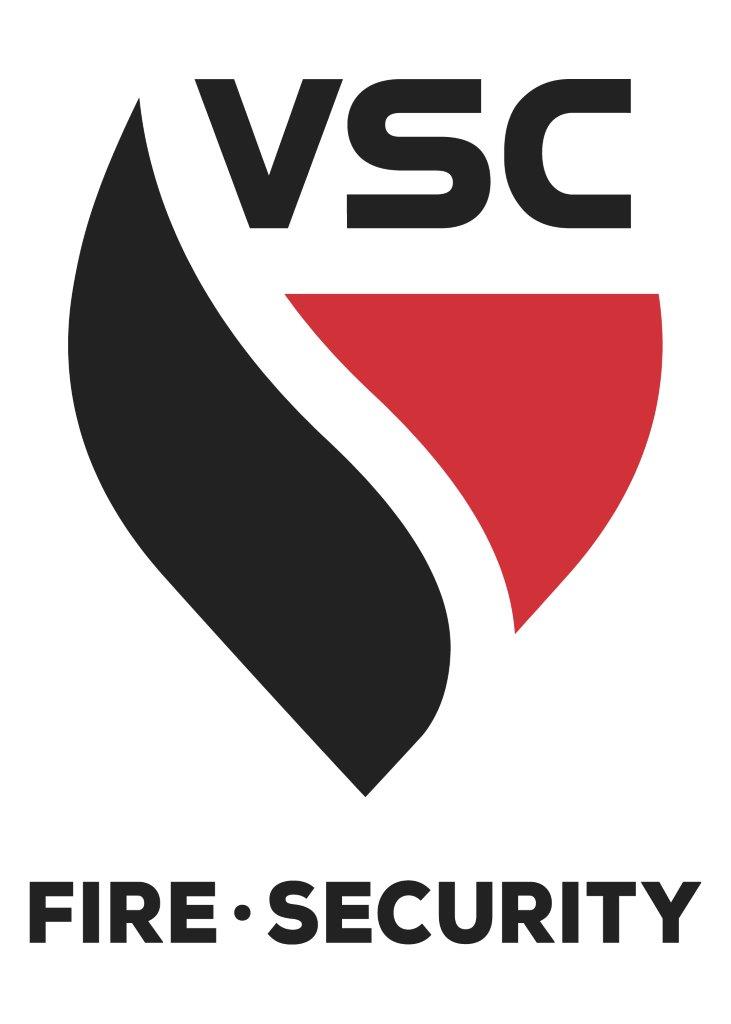
Construction job sites are full of hazards and safety concerns. It is up to you to keep yourself safe as well as your coworkers. Following some simple safety rules and wearing the proper PPE will help keep everyone safe including visitors that may visit a work site. You may already know the importance of PPE and why you should use it but PPE should always be used as a last resort when trying to keep yourself safe. It is considered the last line of defense because of its place on the hierarchy of hazards.
- Head Protection – hard hats, helmets, and head gear.
- Eye Protection – safety goggles, safety glasses, and face shields
- Hearing Protection – ear muffs and ear plugs
- Respiratory Protection – respirators, self-contained breathing apparatus, gas masks, and surgical masks
- Body Protection – safety vests, safety suits, knee pads, and safety harness
- Hand Protection – safety gloves and rubber gloves
- Foot Protection – safety boots and slip-resistant footwear
VSC provides Hard Hats, Vests, safety glasses/googles, Cut resistant gloves. If you are not aware of know what type of PPE to wear and when to wear always refer to the VSC Safety Policy Personal Protective Equipment Appendix A as well as reaching out to your local Safety Team
October 2024 Week 3 Toolbox Talk Emergency Preparation – Maintaining Safe Exit Routes
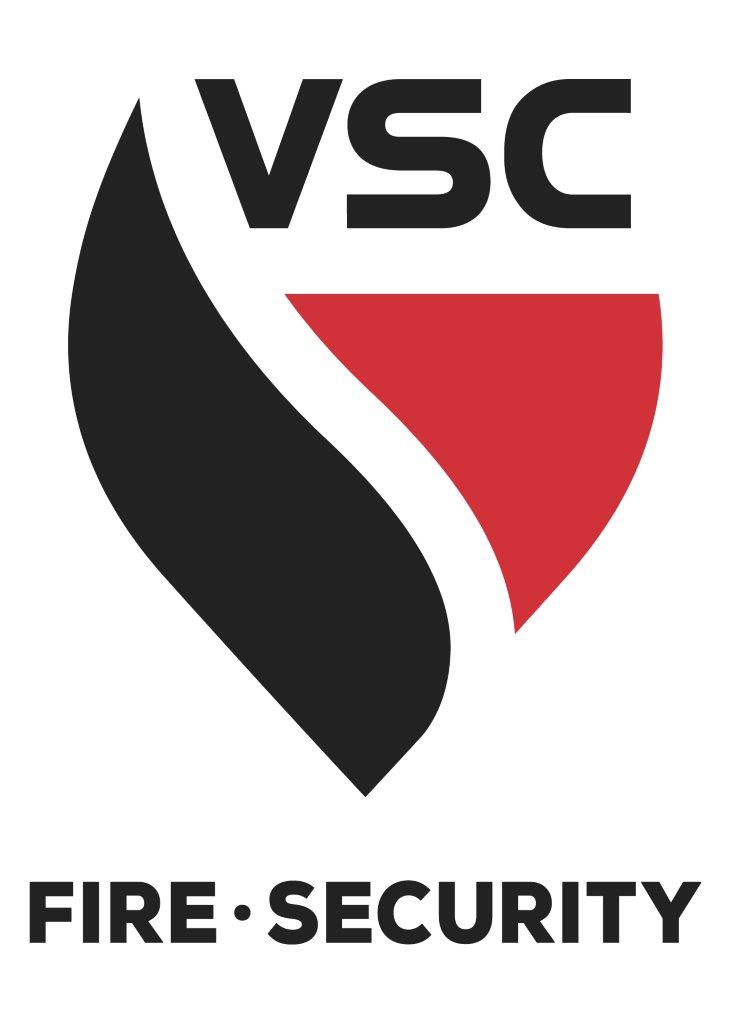
Should a fire or some other emergencies occur that requires us to evacuate our work areas and leave the building, it is of upmost importance that we are able to do so quickly and safely. So today we will discuss a few unsafe conditions that we need to be on the watch for every day. Because these hazards, if allowed to exist, can be the difference between a quick escape . . . and disaster!
- Make certain that designated emergency exit doors always remain unlocked from the inside while the building or structure is occupied, VSC requires more than one emergency exit.
- Report any doors or hardware, like doorknobs or jambs, which are broken or malfunctioning so they can be repaired or replaced.
- Never place or store any equipment, materials, or other obstructions in front of an exit door, nor within any aisle or other pathway designated for escape during an emergency.
- Keep equipment and materials away from the outside of emergency exit doors too. Blocking an exit door or path from the outside can prevent people from being able to get out of, and away from, the building during an emergency.
- Do not place curtains, signs, decorations, or similar obstructions over emergency exit doors or across designated emergency aisle-ways, as these items can make exits difficult to locate during an emergency.
- Report any lit emergency exit signs and emergency lighting fixtures that are not working or appear to be broken, so they can be repaired or replaced.
- Avoid placing containers of flammable liquids or other highly combustible materials under or alongside stairways, ramps, and other pathways used for emergency egress.
- Let your supervisor know about any doors along the path to an exit that you feel could be easily mistaken for an emergency exit. They may need to be marked with a sign stating their intended purpose (like “Closet”) or marked “Not an Exit.”
- Finally, if for some reason you do not know where the designated emergency aisles and exits are for your work area, please let your supervisor know right away.
October 2024 Week 4 Toolbox Talk Hazard Assessment
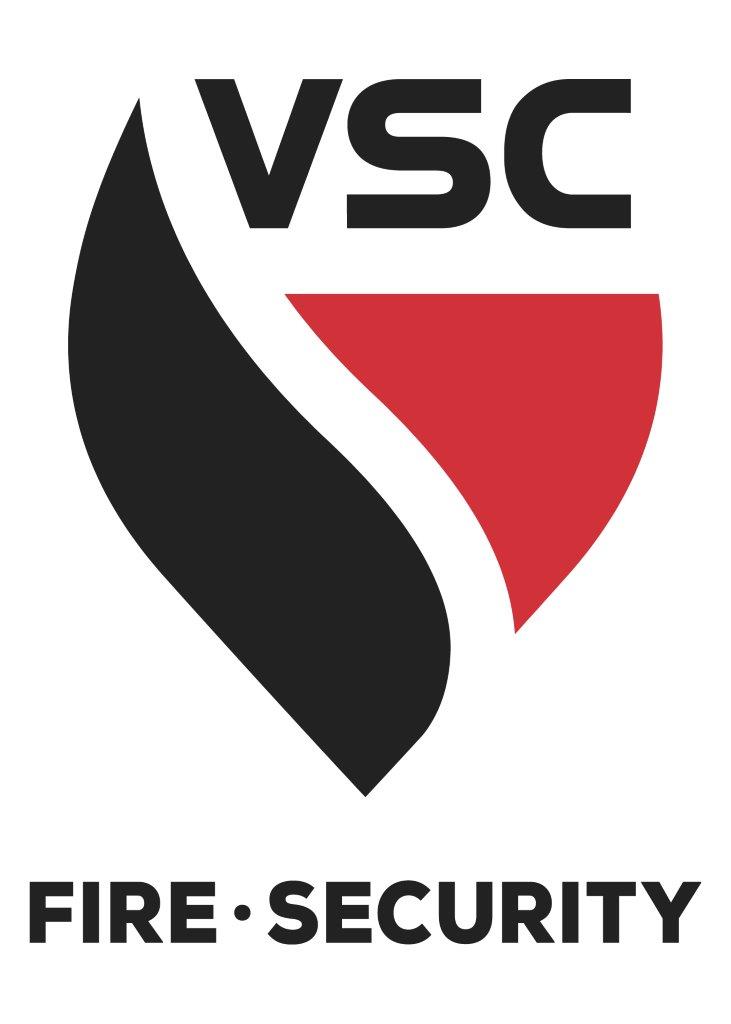
What is a hazard?
A hazard is any source of potential injury, illness or damage to someone or something. Importantly, a hazard only becomes dangerous once a person is exposed to that hazard. If left alone, a hazard poses no risk.
- Hazards usually fall into one or more of the following categories:
- Safety hazard, e.g., unguarded machinery
- Biological hazard, e.g., blood and bodily fluids
- Physical hazard, e.g., radiation
- Ergonomic hazard, e.g., poor posture
- Chemical hazard, e.g., welding fumes
- Work organization hazard, e.g., workload.
- Environmental hazard, e.g., noise
When to identify hazards: Formal hazard assessments should be completed before work begins. This should be documented and reviewed frequently. Informal hazard assessments are ongoing and consist of continuously scanning for any changes in the surroundings.
It is important to identify hazards: During the design phase of the job. This includes when designing new processes or purchasing new equipment/plant.
Before starting a task in a hazardous environment.
During work.
Make sure you are aware of any changes or abnormal conditions. After an incident, including near misses.
How to identify hazards: Plan your hazard assessment. Identify specific tasks, equipment, and locations of work. Review past learnings. Have there been any incidents or near misses that indicate areas of concern? Work as a group to utilize multiple perspectives. Engage workers from various roles, especially people who perform any task or use any equipment that is being assessed. Observe work being done. Work as planned is often different to work as done. Shortcuts often expose unseen hazards.
Hazards and exposure to hazards change over time. Equipment deteriorates, jobs change, and people can be under all sorts of different stress. Review workplace hazards as frequently as possible, evaluate control measures, and look after one another.
